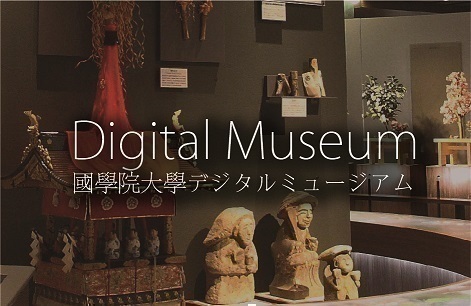- トップ
- Encyclopedia of Shinto
- Ohyakudo
Encyclopedia of Shinto
| Main Menu: | |
| Links: |
詳細表示 (Complete Article)
| カテゴリー1: | 6. Belief and Practice |
|---|---|
| カテゴリー2: | Divination and Supplication |
| Title | Ohyakudo |
| Text | Ohyakudo ("one hundred times"), also called hyakudo-mairi ("one-hundred-times pilgrimage"), is a form of pilgrimage to shrines and temples for the purpose of praying to kami and buddhas. The term ohyakudo refers to the act of visiting certain shrines and temples one hundred times. Often this is done for the purpose of prayer by an individual. It is thought that this ritual arose from the notion that a single shrine or temple visit was insufficient to deal with prayers concerning especially urgent matters, and that multiple visits increased the possibility that the prayer would be fulfilled. Ohyakudo has its origins in prayers to village guardian deities (ujigami) and in frequent visits to famous temples and shrines in the countryside that extended to one-hundred-day periods. This kind of one-hundred-day pilgrimage had a long history. Also, a simplification of this ritual occurred, whereby in the case of prayers requiring urgency, a hundred visits in one day became a replacement for a one-hundred-day pilgrimage. It is unclear precisely when this simplified form of pilgrimage began. However, from such texts as the Azuma kagami and the Hiradoki it is evident that such rituals were conducted from the beginning of the Kamakura period at the latest. Today, the phrase ohyakudo o fumu ("stepping one hundred times") has come to commonly refer to walking back and forth between two fixed points within a shrine or temple grounds one hundred times. One worships and prays to kami or buddhas going from the entrance to the shrine or temple to the main shrine or temple building, then returns to the shrine or temple entrance. This action is repeated one hundred times. Near the entrance to a shrine or temple, it is common to find a stone pillar that serves as a marker for the ohyakudo. This is used as a counting system so that the pilgrim will not lose track of the number to times the pilgrimage circuit has been performed. Such things as one hundred pebbles, twigs, string, and bamboo skewers are prepared in advance, and at the completion of each round trip one of these items is placed in front of the altar to the god or buddha. This serves a counting function much like the use of an abacus. There is a self-sacrificial aspect to this ritual that leads even to abstinence. This can be observed from the fact that ohyakudo is conducted without public notice and from the belief that greater efficacy can be obtained if one performs the pilgrimage barefoot. — Suzuki Kentarō |





